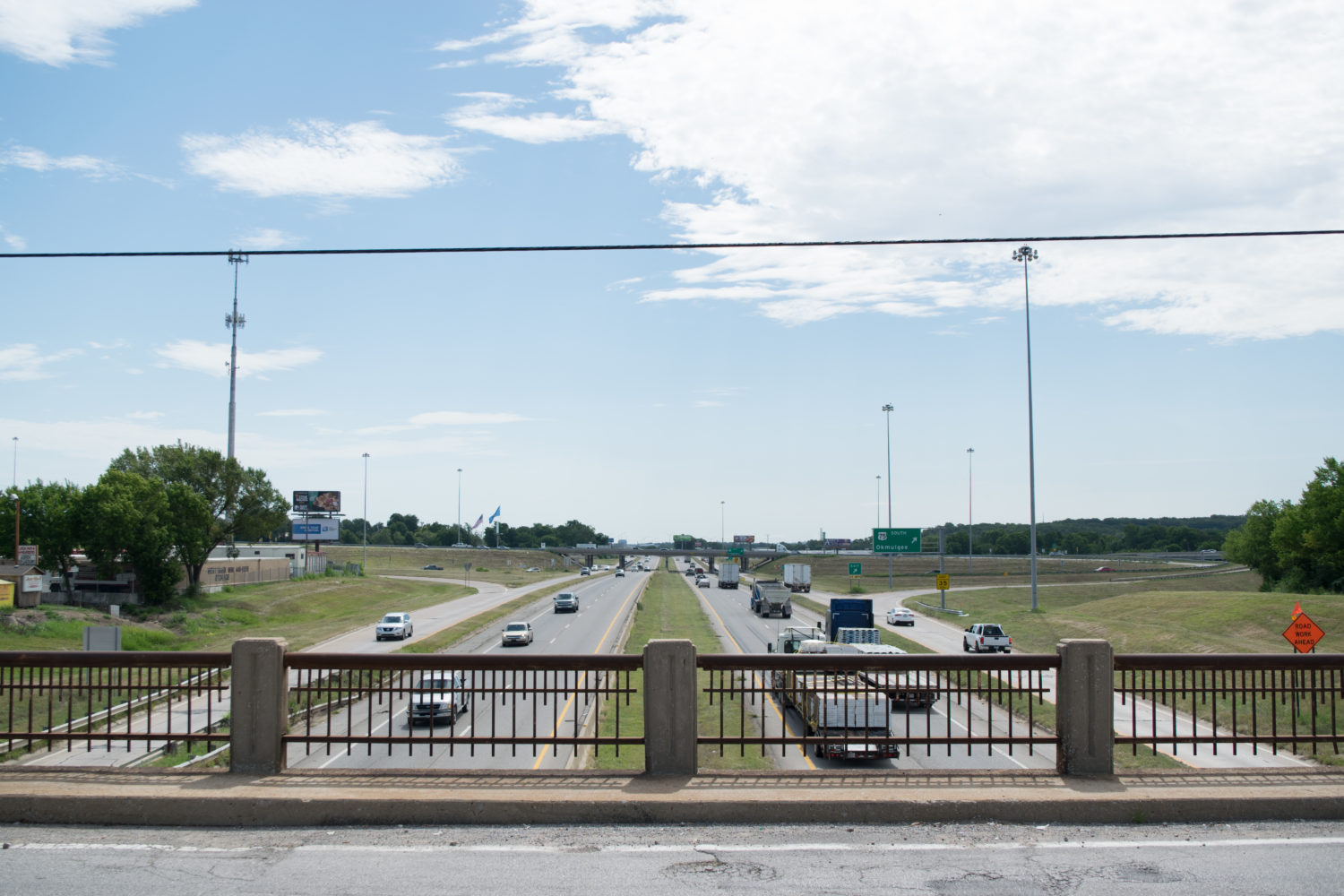
An updated $6.5 billion eight-year construction work plan was greenlighted this month for the Oklahoma Department of Transportation (ODOT), with an emphasis on improving safety by strengthening structurally deficient bridges.
At the same time, the nine-member Oklahoma Transportation Commission approved a pair of updated infrastructure plans that outline asset preservation and major projects in conjunction with the county road system.
Oklahoma’s road and bridge network serves as the backbone of the state’s economy and a strong transportation system is essential to moving people to work and goods to market, noted Tim Gatz, Secretary of Transportation and Oklahoma Department of Transportation executive director.
He explained the plan focuses on three major areas. “First, we must continue to replace and address bridges, not only to finish tackling structurally deficient bridges, but also to maintain good standing and stay ahead of the needs of our aging infrastructure. Second, we must improve two-lane highways with deficient shoulders to provide an added layer of safety when driver errors occur. And third, we must improve pavement conditions to increase safety as well as lower vehicle costs to the driving public,” Gatz said in a written statement.
The construction work plan for fiscal years 2020-2027 maintains the focus on supplanting highway bridges in need of structural improvement and addresses aged bridges while they’re still in good condition. What’s more, shoulders in need of work on two-lane highways and sections of road, while they also remain in proper condition, are earmarked for improvements as well.
ODOT said the eight-year plan has been credited for reaching performance measures as well as for its public accountability and transparency.
Specifically, the construction work plan includes nearly $6.5 billion in federal, state, local and tribal transportation funding for 1,396 total projects. The projects include 657 bridge replacements or major rehabilitations, 780 miles of shoulders improved on two-lane highways, and 3,131 lane miles improved to a state of good repair.
At the end of 2018, ODOT said 132 structurally deficient bridges remained compared to 1,168 rated as structurally deficient in 2004.
At a more granular level, the plan’s projects are pinpointed as a result of an in-depth process overseen by a team of field division engineers, along with the ongoing input from a coterie of stakeholders who’ve received the commission’s stamp of approval, noted ODOT. The initial plan, formulated in 2002 and given the nod the following year, leads ODOT’s project development and delivery strategies.
Meanwhile, the state’s FY 2020–2023 Asset Preservation Plan Includes projects totaling $482 million, which are aimed at strengthening existing infrastructure by resurfacing pavement and rehabilitating and preserving bridges, in addition to improved accessibility on a number of highways.
Also approved was the County Improvements for Roads and Bridges (CIRB) Plan for FY 2020–2024. The nearly $1 billion CIRB Plan includes state funding for major county road and bridge projects that individual counties would be unable to fund on their own, ODOT said.
Commissioners were further busy, awarding 21 contracts approaching almost $29 million for the upgrade of highways, roads and bridges in 14 counties.